The Challenge
Hybrid app slowed growth and frustrated users
Europe’s Fastest-Growing Fashion Tech Startup
Founded in 2013, Berlin-based Lesara rocketed to the top as a fashion retailer. It grew nearly 8,000% in three years and earned the title of Europe’s fastest-growing tech startup in 2016.
Innovative Construction Approach
With €15M in funding and thousands of users across 23 countries, the startup stood out for its data-driven approach to fast fashion. Lesara used real-time data from Instagram, Pinterest, Google Trends, and customer search data to determine what products will sell.
The Ultimate App for Fast Fashion Deals
Offering tens of thousands of products—with new ones added all the time—Lesara made their mobile app the go-to spot for quick buys and daily deals.
When Hybrid Apps Fall Short
But Lesara’s hybrid app (one codebase for both iOS and Android) couldn’t keep up. For example, it couldn’t handle platform-specific features like iOS gestures or native animations. The experience never felt right for users, with performance cracks easy to spot.
We ran into lots of issues with flexibility. Certain features we wanted to implement—personalization, gamification, and simply making the app more exciting for users—just weren’t possible.
Obstacles
Slow to ship new features
Feature rollouts on the hybrid platform were sluggish and painful.
Hard to maintain
Technical debt and complexity made updates time-consuming and costly.
User dissatisfaction
Customers complained about bugs and performance issues, resulting in a low 3.5-star app rating.
Have a similar challenge?
We can help!
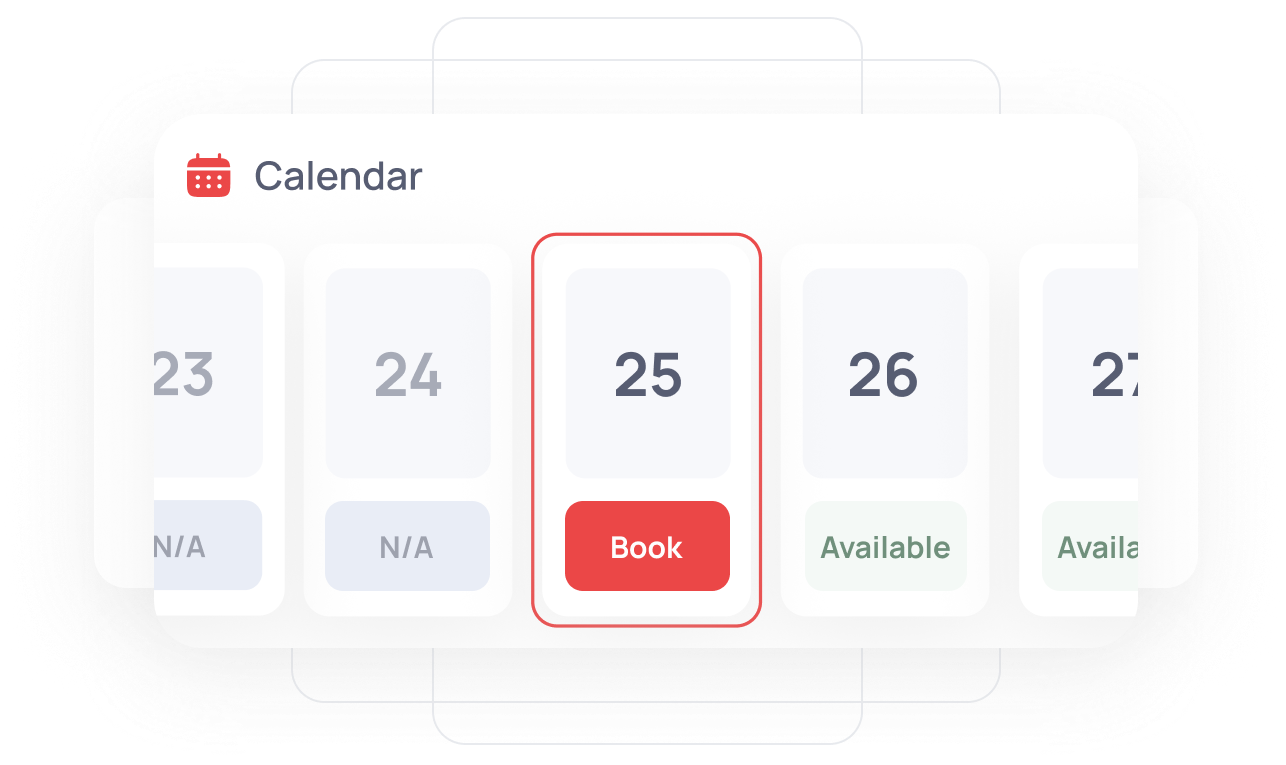
The Solution
Temy provided a product team to build iOS & Android apps from scratch
We first met Lesara at a tech conference in 2016, and just a month later, we kicked off the project. Their team knew that building separate native apps for iOS and Android would offer a better, more polished experience than trying to force everything into one hybrid app.
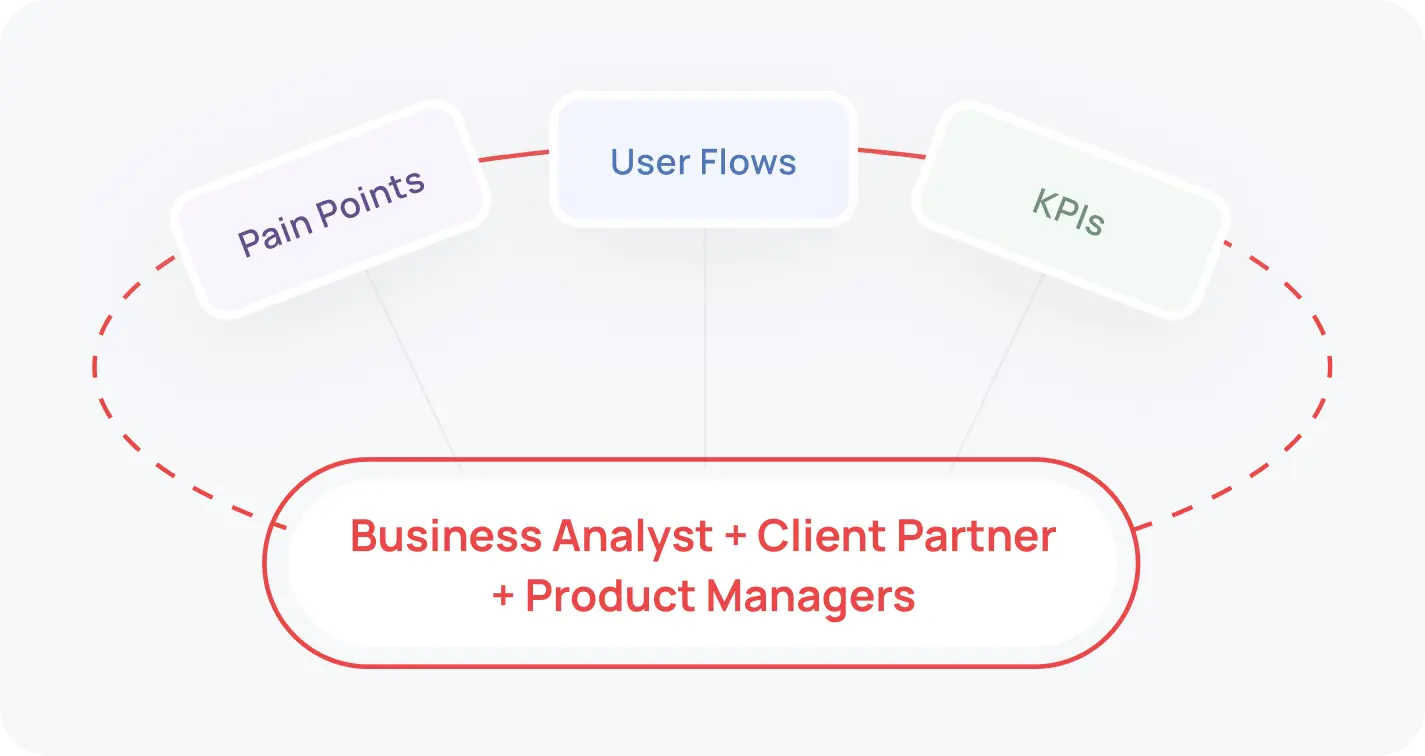
We kicked off with product strategy & market research
Our business analyst and client partner worked side-by-side with Lesara’s product managers to uncover pain points, map user flows, and define KPIs.
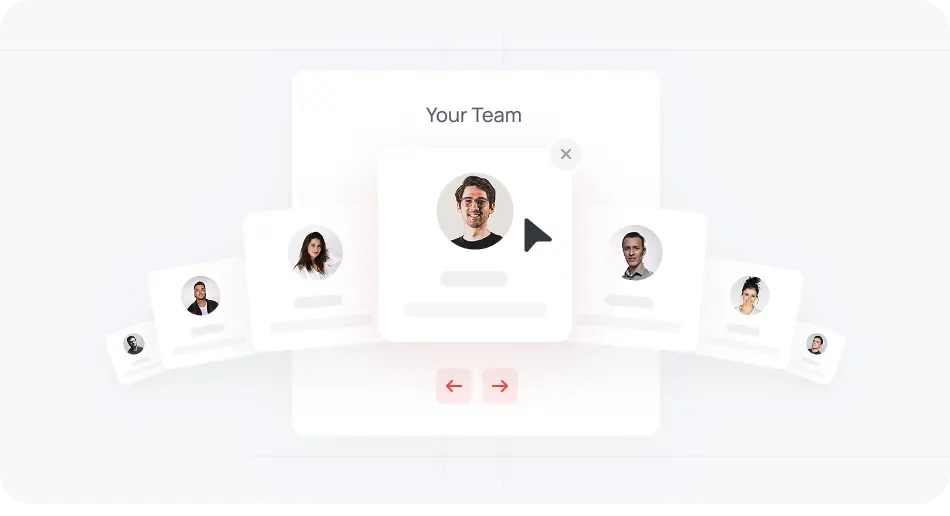
We set up a dedicated product team
In July 2016, a team of four engineers and one product designer got to work on the new native mobile apps.
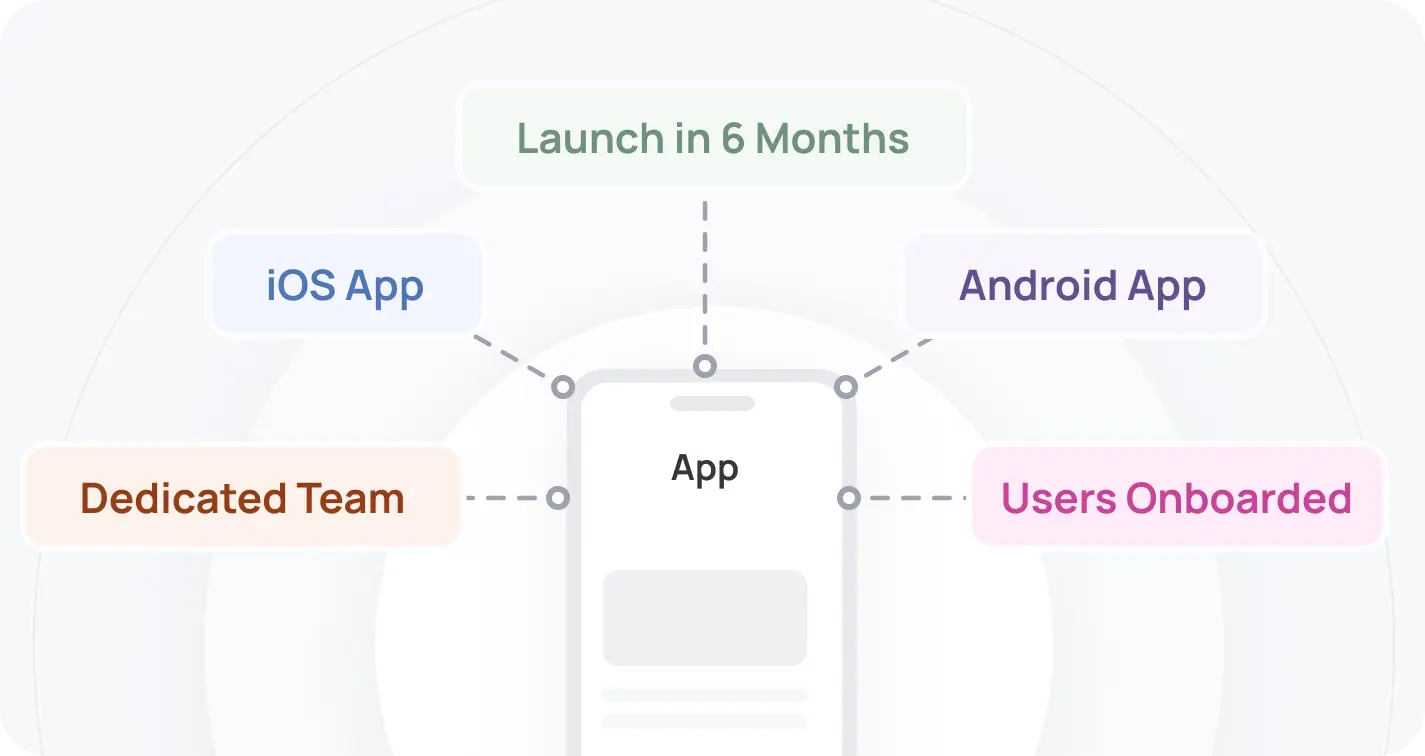
We launched both apps in 6 months
By January 2017, the new iOS and Android apps were live, greeting existing and new users.
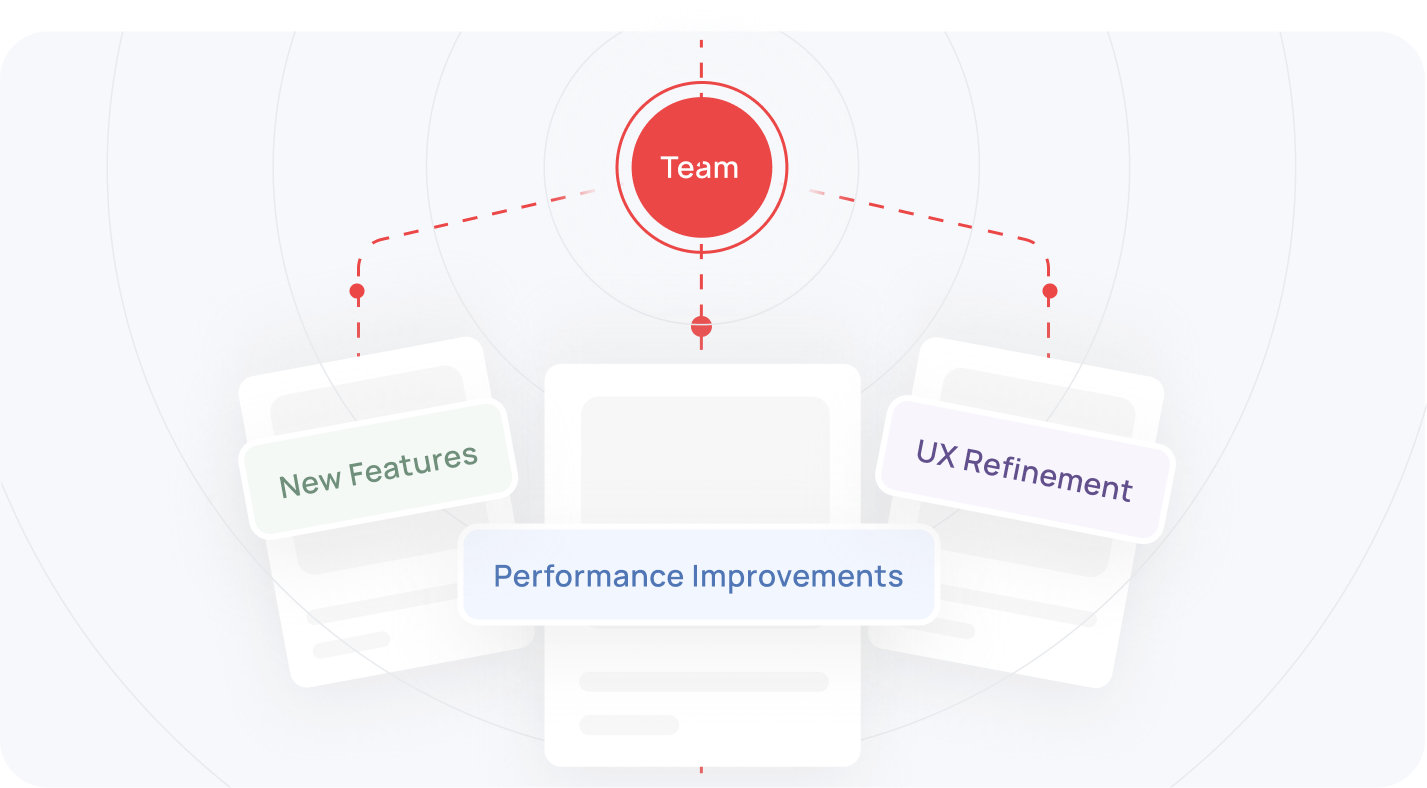
We kept building together
We continued working together for a year and a half, shipping new features, improving performance, and refining UX.
Key project outcomes
- 29% app ratings boostMore users rated the app higher, and Lesara moved from 3.5 to 4.5 stars on the App Store..
- Company growthA smooth shopping experience and personalized features brought in more users and kept them active.
- Faster time-to-marketThe new builds made it easier to launch features quickly and cut maintenance costs.
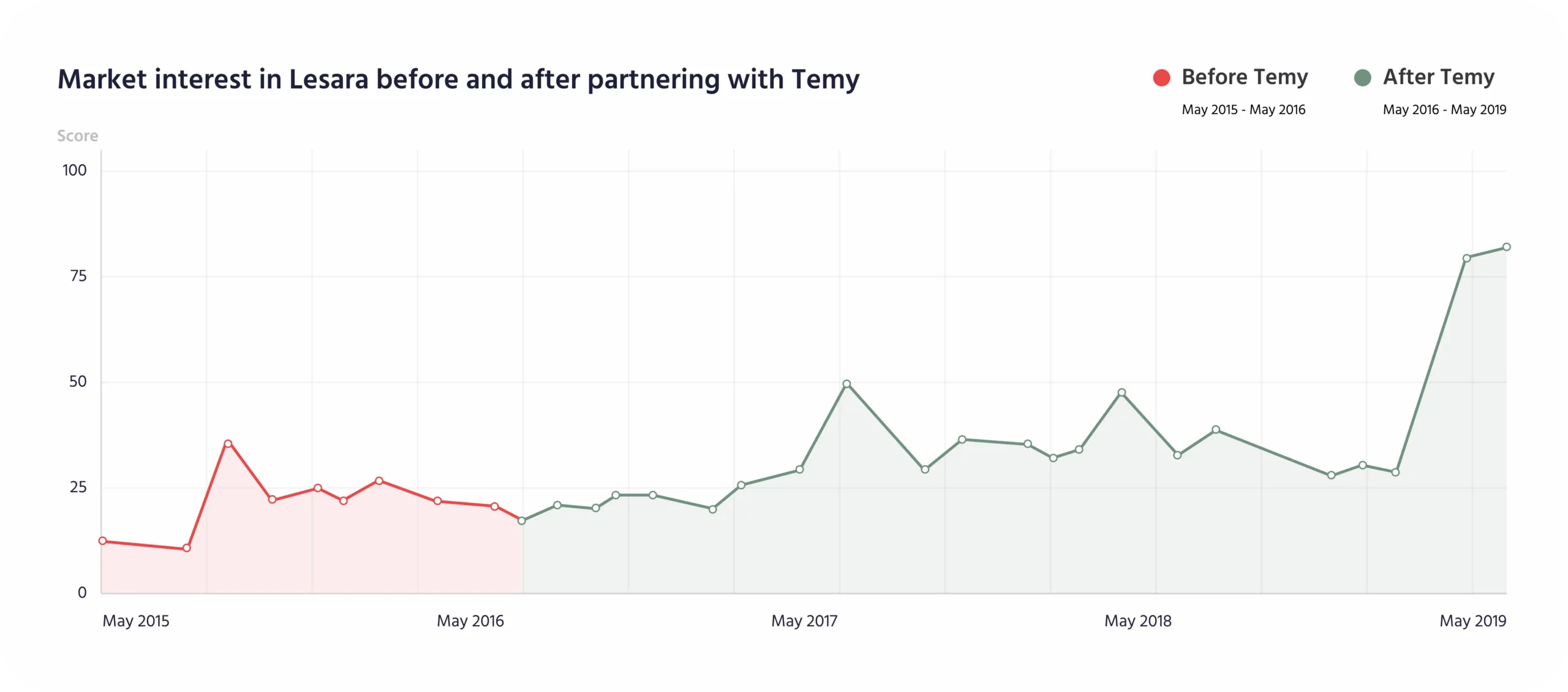
We started from nothing and built two extremely good apps. They [Temy’s devs] were not just coding. They were engineers, identifying and solving problems before we even noticed them.
The Solution
How Lesara switched from a laggy hybrid to
two engaging native apps
Rebuilding Lesara’s Apps for Scalability and User Delight
After five years of collaboration and 52 sprints, Temy delivered a seamless, fully automated home system. Now, residents can control everything from home temperature to lights, door locks, and more using their smartphones or Amazon Alexa.
We also focused on the apps’ look and feel. With platform-specific UI and smooth interactions, the user experience became frictionless and more intuitive.
And just as important as the tech was the way we worked together: “We ran into lots of issues with flexibility. Certain features we wanted to implement—personalization, gamification, and simply making the app more exciting for users—just weren’t possible.” said Waldo Vanderhaeghen, Lesara’s mobile product manager.”
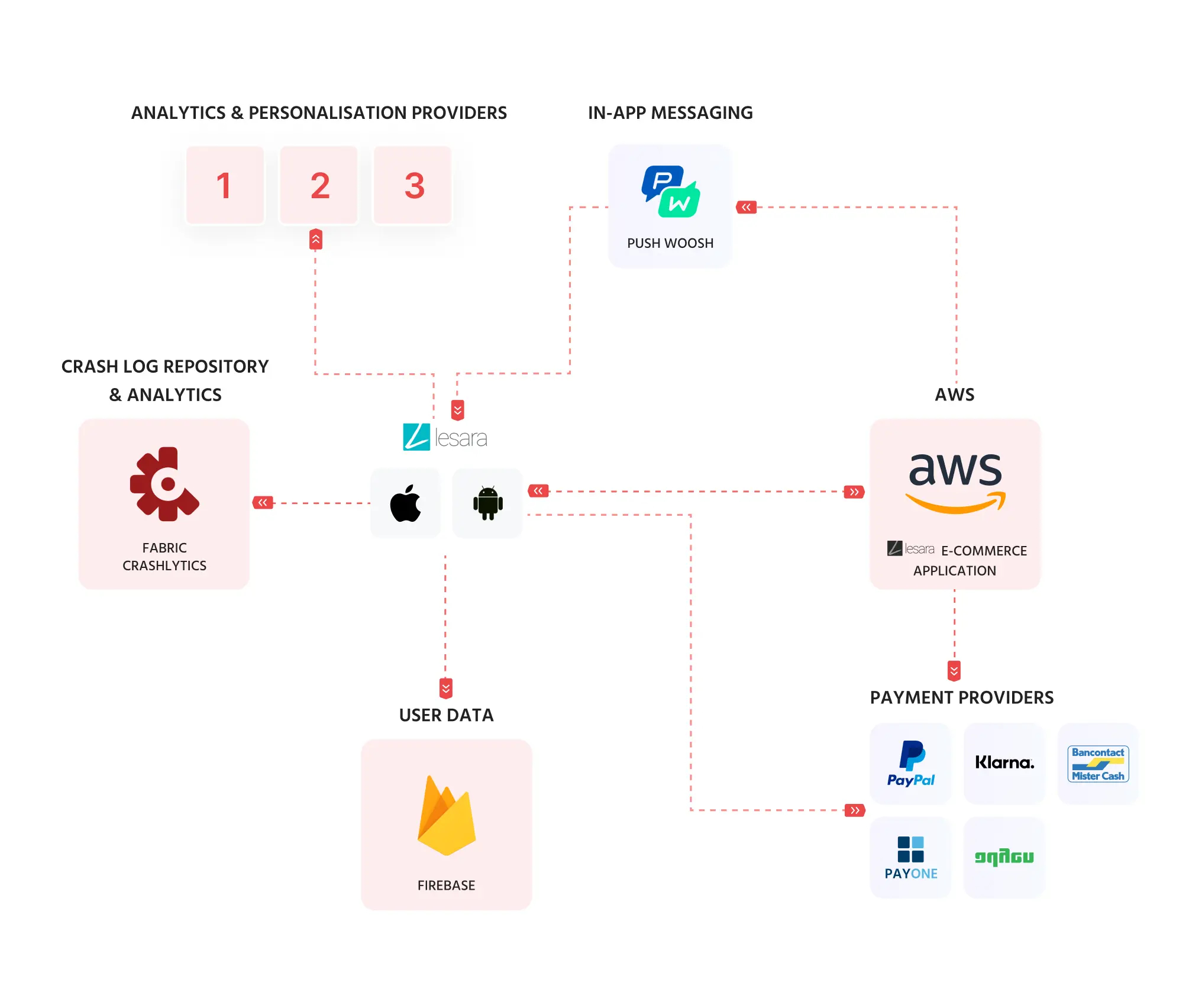
Improve stability and track issues in real time
We integrated tools like Crashlytics and Firebase to monitor app health, track user data, and catch issues before they became user-facing problems. This helped the team move fast without compromising reliability.
Connect core systems: analytics, payments, and messaging
We linked the app to multiple third-party services:
- Analytics & personalization solutions to better understand user behavior
- Pushwoosh for in-app messaging and real-time push notifications
- PayPal, Payone, Klarna, Adyen, and others to handle payments across markets
Add features that made shopping easier and more fun
We built key features to make browsing smooth and shopping exciting. Users could explore high-quality products sorted into clear categories like Clothing, Sport, Shoes, and Accessories, making it fast and easy to find what they wanted.
We also introduced ‘TODAY’S TOP DEALS’, a special section filled with exclusive offers and live sales. It didn’t just help users save money. It added a sense of discovery and urgency that kept them coming back.
Personalize the shopping experience
One of the most powerful upgrades was personalized shopping. The app sent tailored updates about new sales, seasonal drops, and discounts—all based on user behavior. This not only boosted engagement, but also made Lesara’s marketing and sales campaigns far more effective.
Our cooperation was successful because we struck a great balance: we moved fast but still made sure everything shipped was high quality. Every feature was double-checked before going live. And if requirements changed, we adapted quickly.
The Result
Top-Rated Apps Delivering Fast, Personalized Shopping
Bringing all these pieces together was no small feat, but Temy pulled it off. Now, lights, climate,
and security are all working together in perfect harmony, making life easier for homeowners every day.
Hybrid app was slow and clunky
Native apps built for fast, scalable releases
Poor UI/UX, no personalization
Clean UI, real-time deals, personalized content
3.5-star rating dragged user confidence
4.5-star rating thanks to performance & new features
High dev costs and support pain
Reduced long-term dev costs and technical overhead
